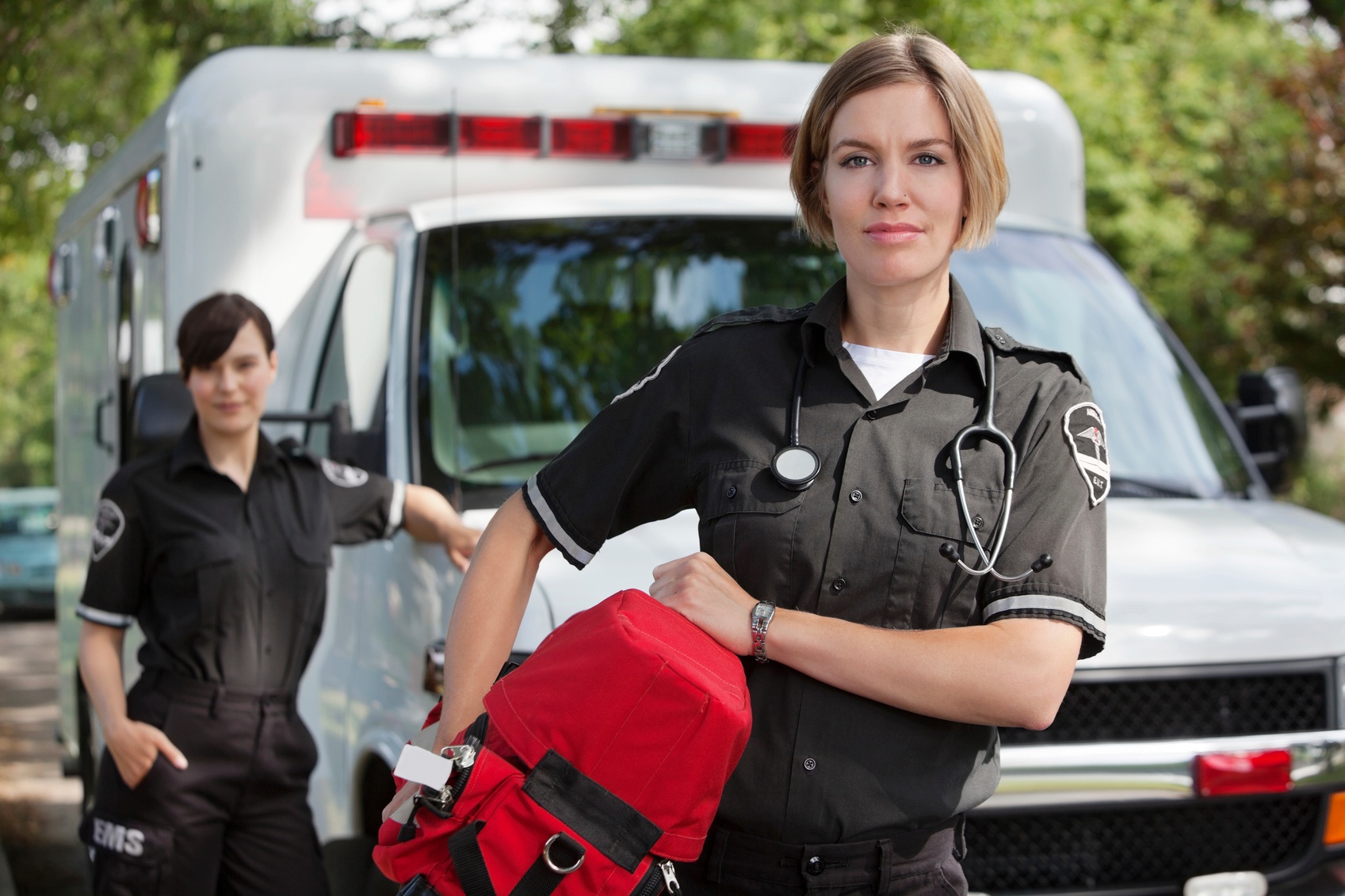
The EMS Today Hands-on Experience is in its third year as a one-of-a-kind experience of interactive learning lab and clinical challenge. Participants visit formative scenario learning labs, where as a group they will use the latest equipment, supplies, and technology to demonstrate real-life simulation training. These formative group labs provide a glimpse of what is in store for those adventurous enough to compete in the Hands-on Experience Scenario Challenge. Competing in teams of two, participants compete in three summative scenarios that challenge their ability to treat simulated patients in realistic settings with little or no interaction from the evaluators.
As the EMS consultant for EMSEd™ by Pocket Nurse®, I have been involved with planning this event, and each year I learn something new. Just like any other educational opportunity, planning is essential. During the formative group labs, participants take part in a brief scenario that focuses on a specific task or assessment. Using a formative scenario template based on the one used at the National Registry of Emergency Medical Technicians (NREMT) Scenario Development Workshops, we can standardize the experience while ensuring that the educational objectives are met. My biggest challenge for the formative scenarios has been determining ahead of time how much restock is needed for this two-day event. Last year, over 700 people participated in the 10-minute EMSEd presentation on anaphylaxis, and I had to determine ahead of time the quantity of restocking material to ship to the event.
The EMSEd First-in Bag is designed with the NREMT’s Advanced Level Integrated-out-of-Hospital scenario skill station in mind. First-in Bag is used in all three of the Scenario Challenge stations. Determining the restock needs for upward of 75 teams of various skill levels from across the world competing for the grand prize is another challenge I overcame with teamwork and planning. Using a summative scenario template based on the NREMT Integrated-out-of-Hospital scenario skill station and working with eam of experienced educators from iSimulate, we create realistic scenarios like real-life EMS calls. In the Hands-on Experience Scenario Challenge, there is very little pretending. If you want to administer an intravenous medication, then a participant needs to start the IV (in a wearable task-trainer), select the correct (simulated) medication, and, after verifying the Five (5) Rights, administer the correct volume of liquid.
When using formative and summative scenarios in the classroom or for in services, here are some suggestions:
- Use a standardized format to write and perform your scenarios; for samples of the forms used for Hands-on Experience, please leave a comment.
- Determine the audience and learning objective(s), then match the complexity to their education and experience.
- Write a scenario that challenges the participants by being realistic. How often in the real world is an EMT going to be judged for his or her ability to perform CPR while repelling off the side of a building – in the middle of a blizzard? Research assessment findings, patient history, interventions, and the patient’s response to appropriate or inappropriate care.
- Revise and be prepared to defend the research above by citing scholarly sources.
- Have someone else review the scenario to ensure its objectives are obtainable and it is based on current evidence/consensus-based medicine.
- Validate/Revise/Repeat: Have members of the target audience perform the scenario and solicit their feedback to ensure they understand the objectives.
 This is a guest post from J. Todd Vreeland, EMS consultant for EMSEd by Pocket Nurse. Vreeland is the owner of J. Todd Vreeland Consulting, committed to ensuring the protection of the public through high-quality EMS education and patient-centered delivery of out-of-hospital medical care.
This is a guest post from J. Todd Vreeland, EMS consultant for EMSEd by Pocket Nurse. Vreeland is the owner of J. Todd Vreeland Consulting, committed to ensuring the protection of the public through high-quality EMS education and patient-centered delivery of out-of-hospital medical care.







